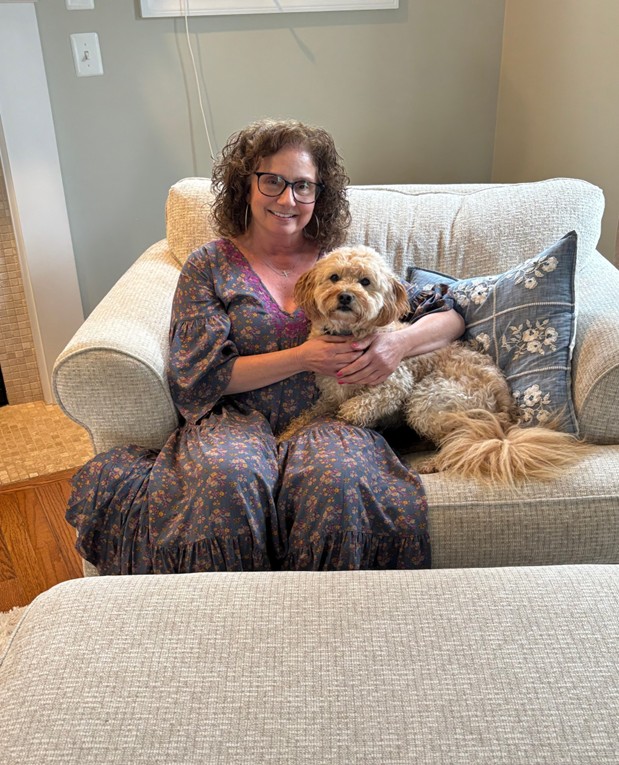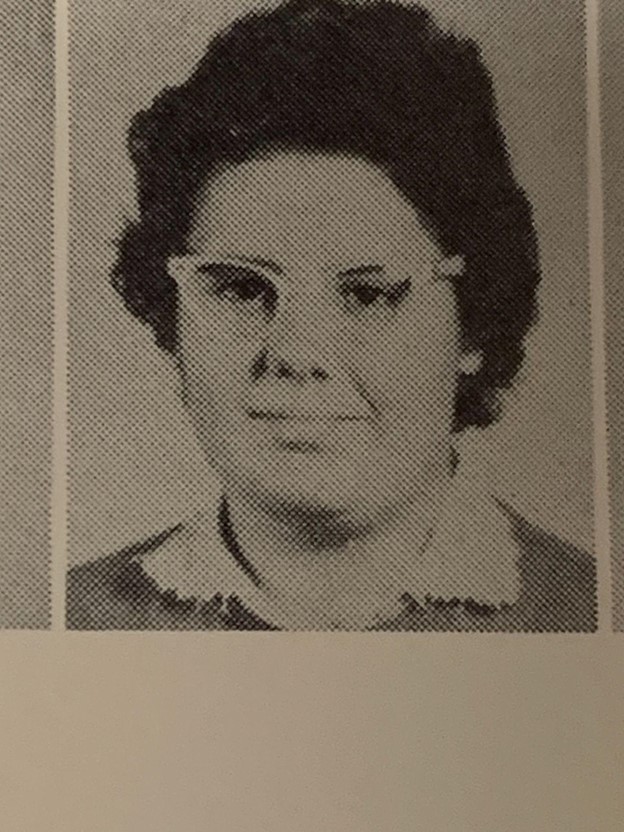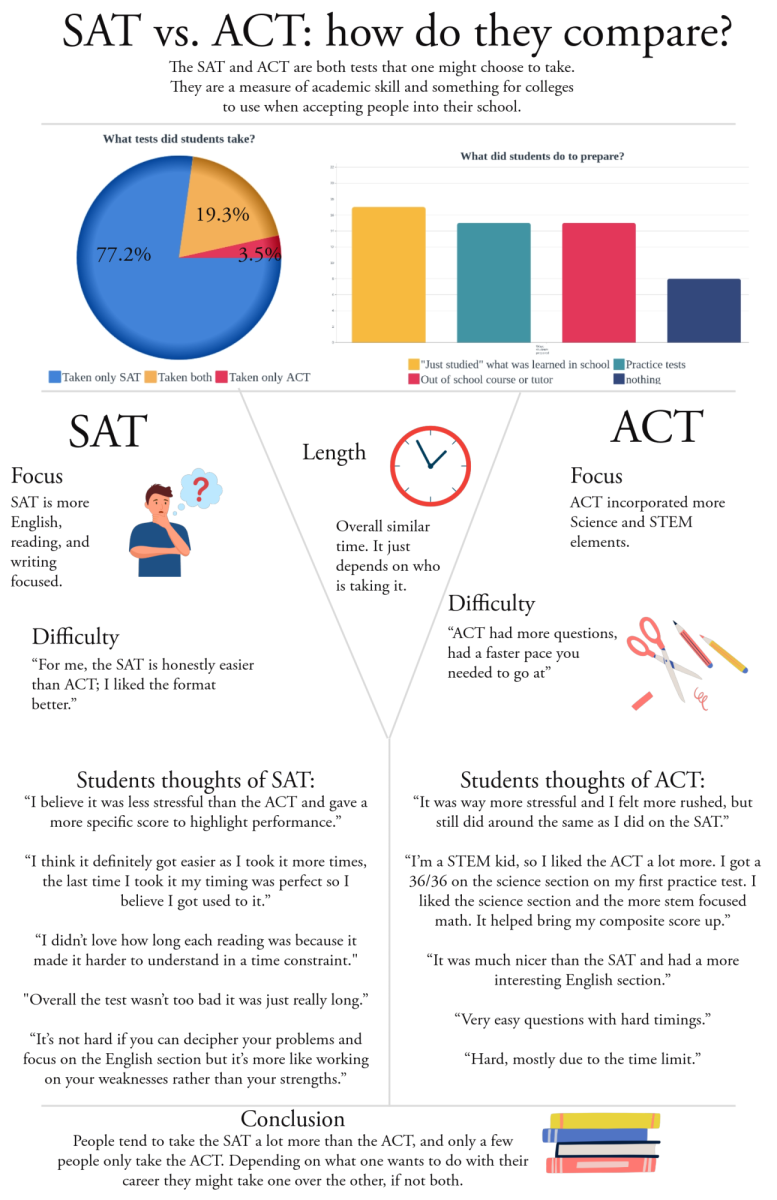Since the beginning of the 2023-2024 academic year, study hall classes have been changed from the way they have been conducted in the past. The changes made were to the actual class schedule, how the class time is being spent, and what students are expected to do in that time.
In the past, most study hall classes were to students more of a self-conducted class where they could manage their own time to do any assignments for other classes, rest, read, or spend time on their devices. Now the daily schedule has time accounted for each class period.
At the beginning of each class, the students are expected to participate in 20 minutes of sustained silent reading time, followed by about 45 minutes of individual work time, and the class ends with any extra time to do partner assignments if needed.
The idea to make a structured daily schedule was made by three teachers: Stephan Longchamp, marketing teacher, Valerie Rife, literacy specialist, and Danielle Parke, gym teacher. They had the idea after a forum was presented to them by principal Dr. Michelle Luttrell, made for teachers to come out with feedback on how our last school year went in their opinion and ideas on how and where to make improvements.
“The intent was to create a more structured environment for study hall,” Longchamp said.
These teachers along with Dr. Luttrell herself recognized issues with student productivity in study halls and decided that changes needed to be made.
“The number of students that were at minimum failing one class was just way too high,” Longchamp said, “I think it was 50 or more, going off of the top of my head.”
Literacy specialist Rife was also concerned about the levels of proficient reading in students in their free time.
“I felt like students were not spending enough time practicing reading,” Rife said, “I tell the kids, if you want to become a better soccer player, you have to practice, if you want to become a better musician, you have to practice. In order to practice your reading, you have to do it in school, because not everybody has that gift of time at home.”
These concerns were addressed in making the new class schedules and direct fixes were made in setting aside independent work time and independent reading time.
To make sure that these schedules are working, these teachers have made time to physically check in with various study hall classes, and take data on how well they see student productivity in person as well as in the grade book.
“From what we observed, we feel like number one, the environments are what we intended.” Longchamp said, “When we go into study hall rooms, the structure is there. We’re seeing students reading, doing their work, or they’re just kind of quietly doing what they want.”
“The objective point of view is that it’s working,” Longchamp said.
Not only are these changes in students’ study routines being made to benefit their work in school, but to also keep them on the right track to succeed in higher education.
“The idea of having that sustained silent reading time for students is to build up that stamina, to fall in love with books, to build a practice, to make you more marketable, to make you more well rounded, and to have your vocabulary increased,” Rife said.
“I think just being able to provide students with a support mechanism that will help them stay ahead, help them if they’re behind, and help them be in an environment that will help them get ahead, or get back on track,” Longchamp said, “I think it really is for the students, and it can only be beneficial for them.”
Due to the very new nature of the implementation of these regulations, teachers do recognize that some things might work better than others and some things might need to change.
“There change and things happen, but I think it’s better to have something in place for the overall main skeleton, if you will.” Rife said, “We’ll go with that, what works, and what doesn’t work will be tweaked and changed.”
“Worst case scenario is if you’re a student who is constantly on top of your work or ahead, then it’s a quiet environment that you can get other things done in, or just have a mental health break.” Longchamp said, “From there we can adjust if necessary, or figure out what might not be working and if it is not then we can continue to move forward.”
For the rest of this school year, this schedule is going to be implemented and teachers are going to get data and feedback from students and teachers on how to make any adjustments or improvements.
“I hope that the reading piece doesn’t go away, but perhaps the structure of it could change,” Rife said, “we’re trying to make this open, so we want input from students and staff so it’s not like ‘ this is mandated and this is going to happen with no change’.”
“It’s really just making sure that we create an environment that helps them to be successful, and so I believe that as long as we’re seeing that, then it will continue,” Longchamp said.




















